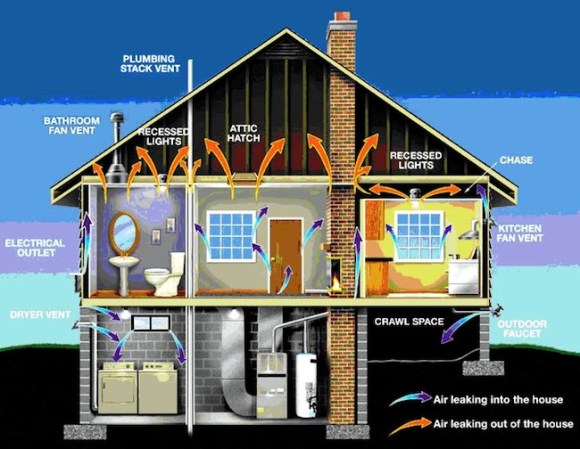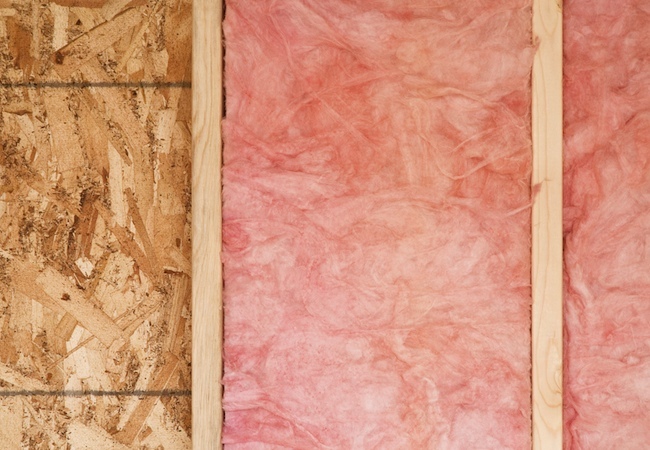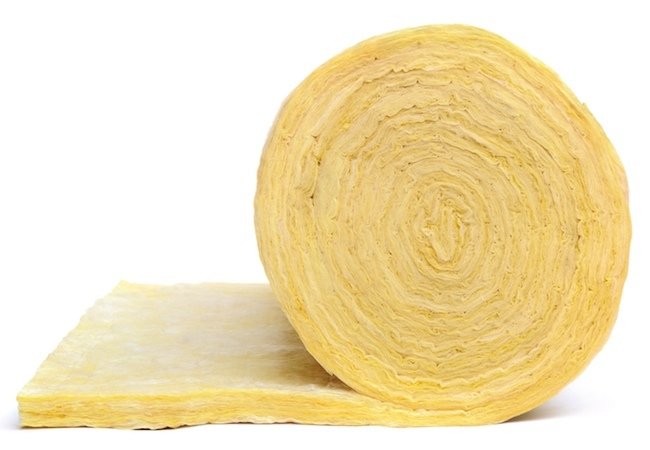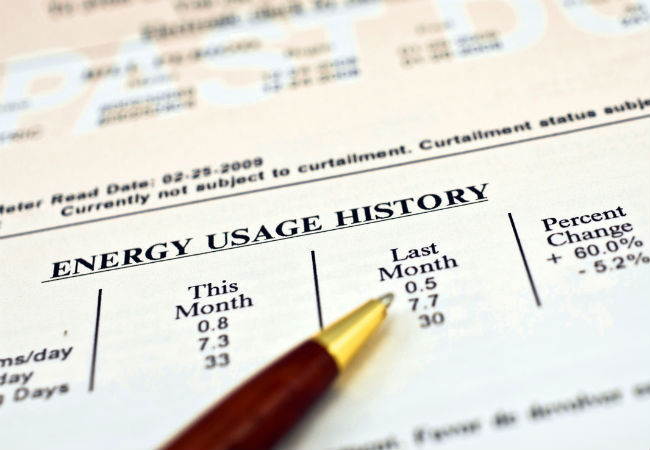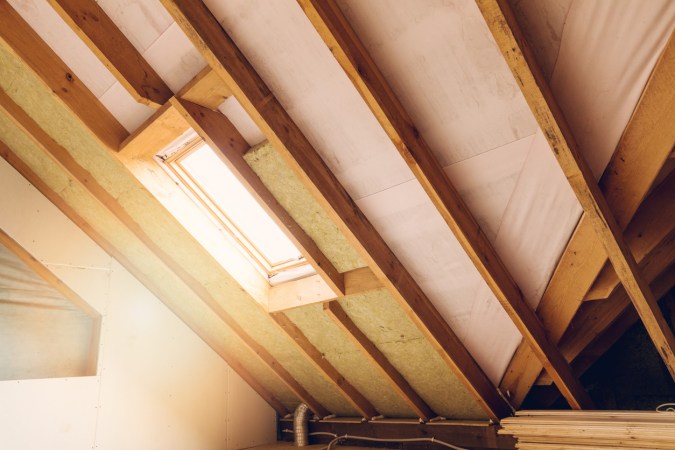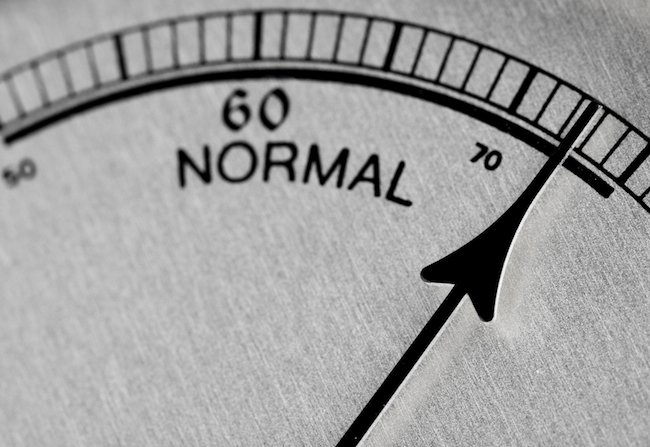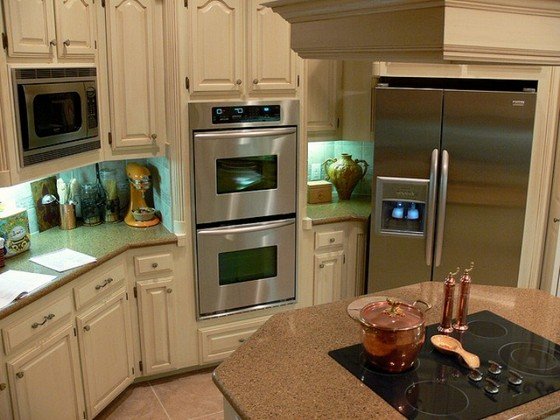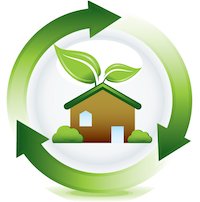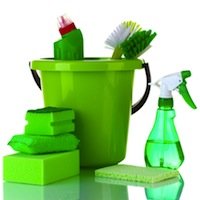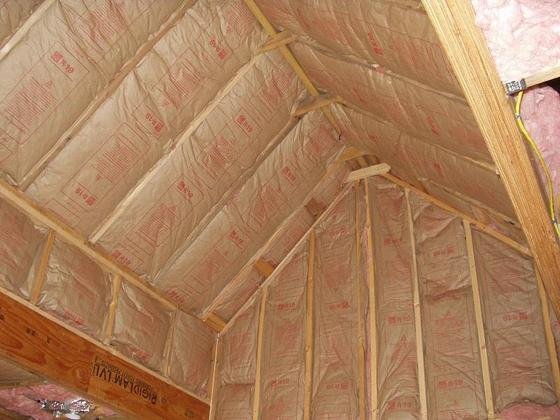We may earn revenue from the products available on this page and participate in affiliate programs. Learn More ›
Finding Green Products
Sealing and insulating will go a long way toward making a home healthy and comfortable. But consider going a step further by using green products. One place to find what is available is the GREENGUARD Environmental Institute (GEI). This independent nonprofit organization oversees GREENGUARD®, a third-party product certification program based on proven emission standards. Certified products are listed in its product guide on its website at www.greenguard.org.
GEI Communications Manager Laura Anne Spriggs says that with GREENGUARD, “products are tested to evaluate the emissions levels of individual VOCs [volatile organic compounds], TVOCs [total volatile organic compounds], specific chemicals and particulates. More than 2,000 chemicals can be identified using this test method. The acceptable emissions levels are listed on the web site as well as on the individual certificates.” GREENGUARD-certified products must be retested annually to retain certification and quarterly sample testing.
“I think people are surprised to see that many of the products that they use or have been using are GREENGUARD certified,” says Spriggs. “The insulation industry was one of the first to really embrace GREENGUARD emissions testing because of the reputation that insulation products contributed to indoor air pollution. In many cases, the products that we test meet the emissions criteria without having to alter product formulations. In some cases, a manufacturer will have to re-engineer or re-formulate their product to meet the criteria. As more manufacturers have become aware of emissions, they are performing in-house quality control and independent testing to verify that their products do not contribute to indoor air pollution.”
Innovative Options
One example of a GREENGUARD-certified product is BioBased Insulation’s BioBased 1701, the first water-blown, closed-cell spray foam insulation to be introduced since spray polyurethane technology first emerged in the mid-1970s.
Jennifer Wilson, brand manager for BioBased Insulation, says the product is just one from a company solely focused on developing greener alternatives. She says the soy-based polyol, which becomes a thermoset plastic, has no food value, allows no mold growth, gives a good air seal and lasts for the life of the structure. Since it is water blown, it gets away from the ozone-depleting chemically blown options. It also reduces the dependence on foreign oil and supports farmers with its soybean base.
Another GREENGUARD-certified product is the OSI “GreenSeries” Acrylic Urethane Indoor/Outdoor Sealant developed by Henkel Corp. of Avon, OH. Henkel’s Scott Jackson, senior product manager, construction adhesives, and Michael Terhardt, director of construction adhesives, say the sealant is part of a seven-item assortment of adhesives and sealants that deliver high-performance solutions for green building.
“Primarily targeted to professional builders and remodelers, all OSI GreenSeries products have significantly lower VOCs and are a more environmentally friendly solution compared to traditional products used today,” says Jackson. “In order to ensure our products meet the most stringent ‘green’ guidelines, we have also partnered with GREENGUARD as our third party institute to certify our products as green.”
According to GEI’s Spriggs, “As the concept of ‘green’ has become more popular, we have certainly seen more greenwashing in the marketplace. To help consumers navigate the various green claims that manufacturers and companies are making, it is important to look at programs such as GREENGUARD that offer third-party certification. It is also important for consumers to understand what it means to be sustainable and to select the attribute(s) they believe are important when considering/evaluating the ‘green’ characteristics of a product. Recyclability, recycled content, energy efficiency, water conservation, chemical content, chemical emissions, [the] draw from natural resources, conservation of raw materials, durability, life cycle analysis, carbon footprint…these are among the categories that can be used to determine sustainability.”
By using third-party-certified green products in insulating and sealing, consumers have a good start in creating a home environment that is not only safe, healthy and comfortable but helps the larger environment as well.
